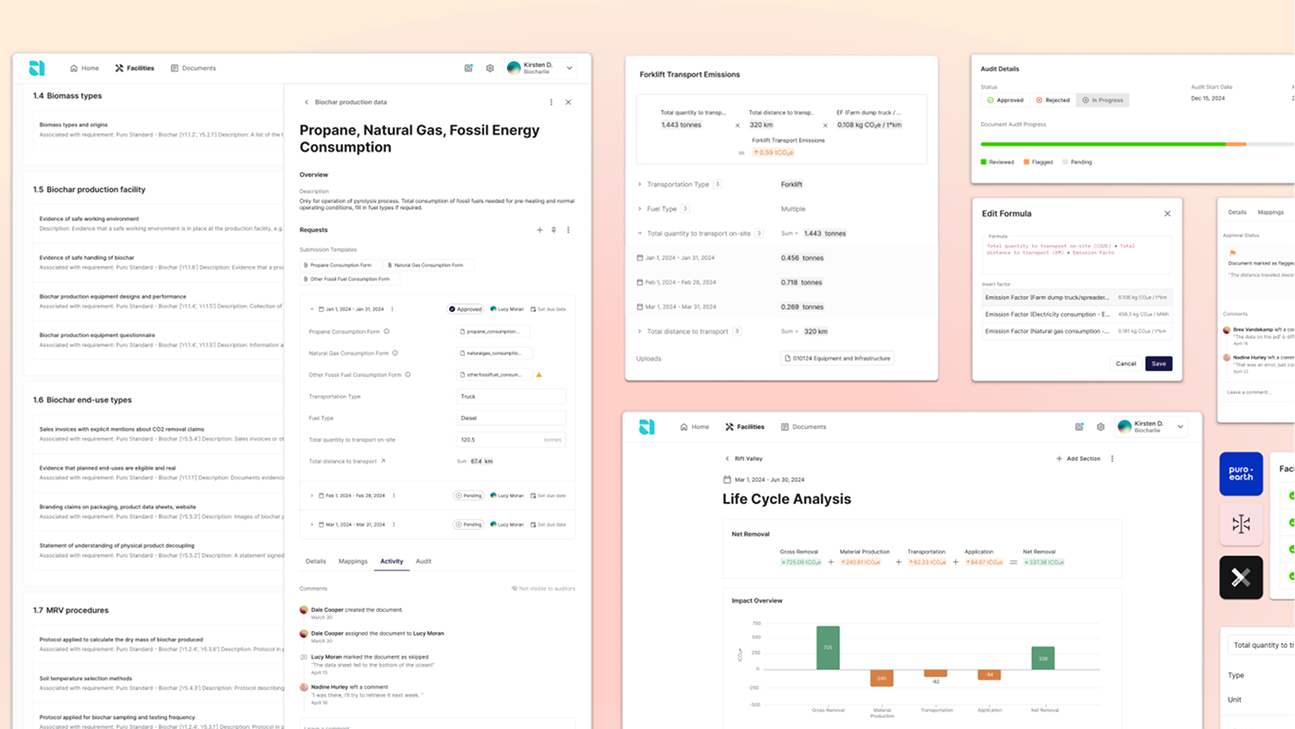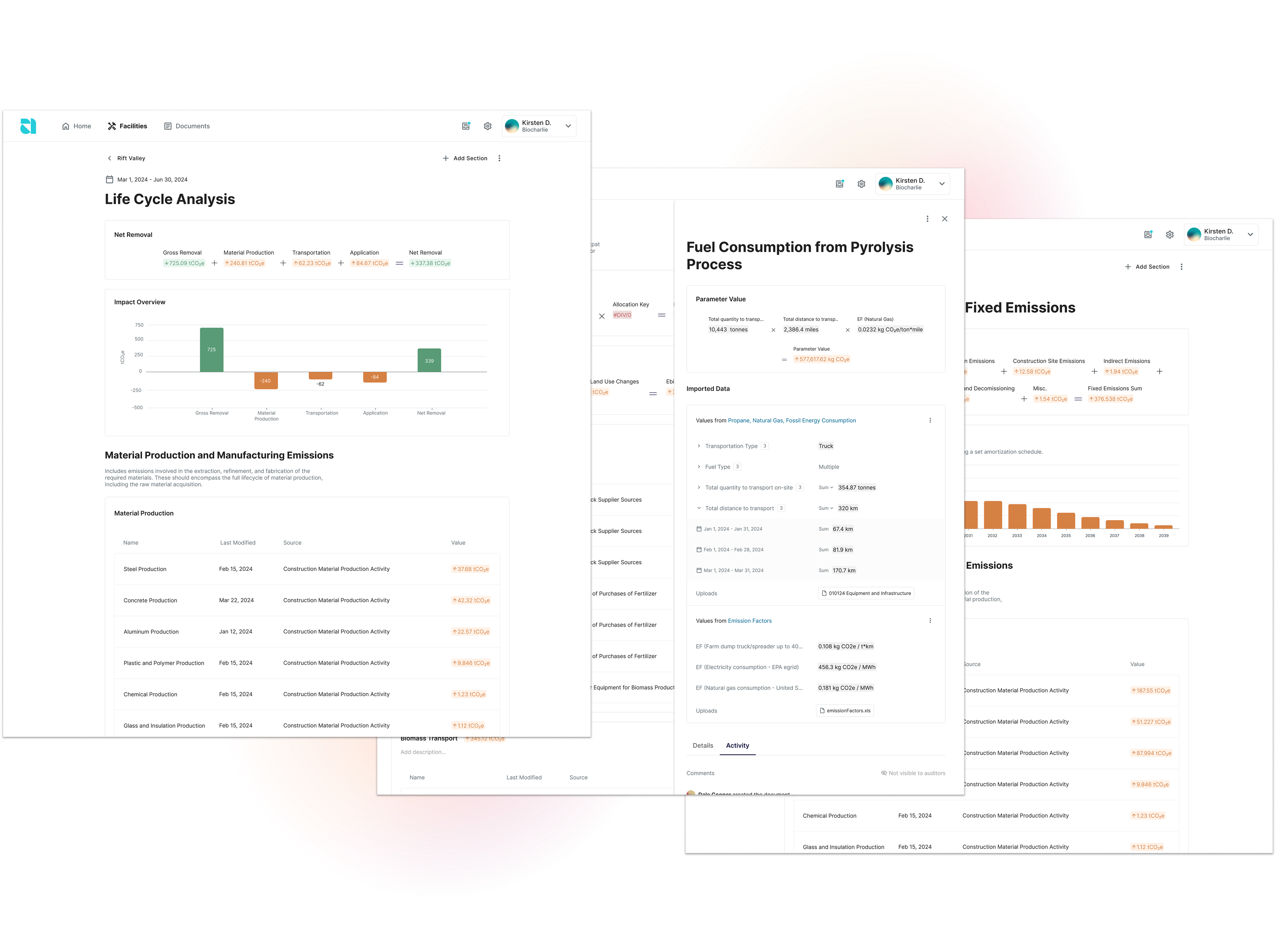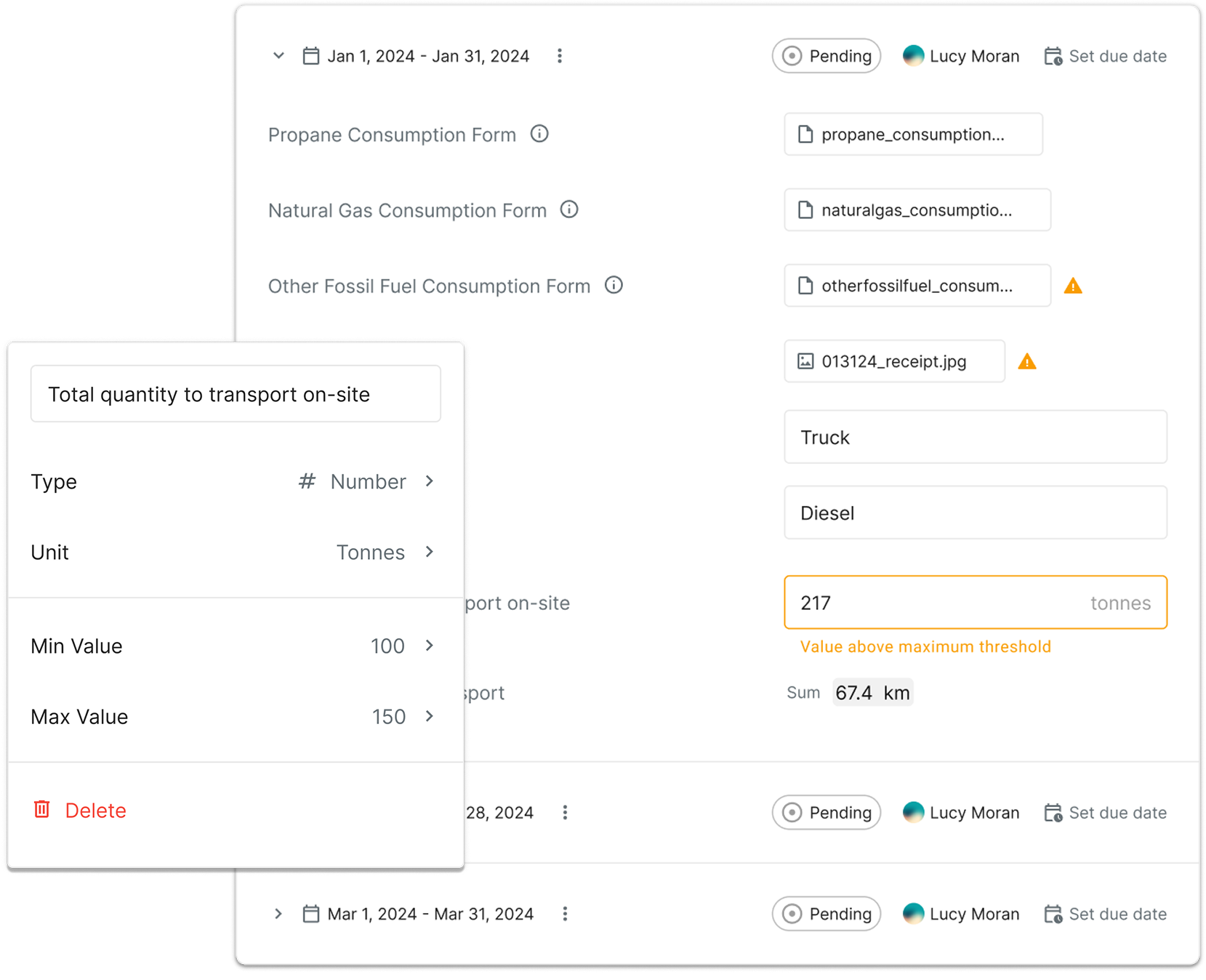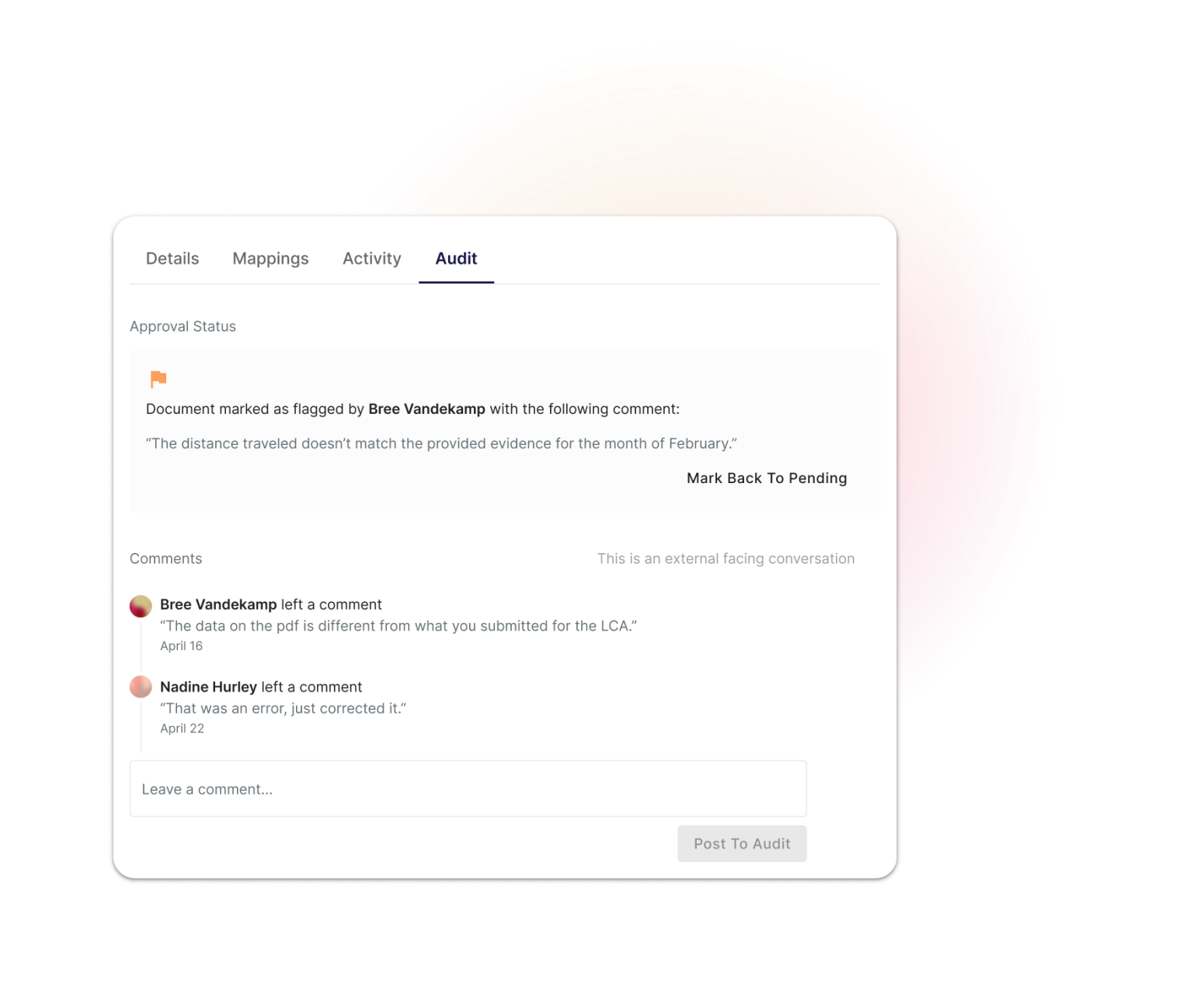Alcove
Carbon Compliance Platform
Led the end-to-end design of the platform, shaping core workflows, data models, and interfaces from the ground up. We collaborated closely with carbon removal suppliers, registries, and scientists to translate complex audit and compliance requirements into a clear and flexible product experience that is now being used by the world’s most important players in the market.
Carbon removal project developers are asked to manage an enormous amount of scientific and operational complexity with limited tools. Every new project requires interpreting evolving methodologies, coordinating across labs, devices, and teams, and manually collecting fragmented data, often using spreadsheets and email. These workflows are not only error-prone, they slow down audits, stall credit issuance, and jeopardize project timelines. Without a system built to handle compliance at scale, developers risk falling out of step with registry requirements and missing critical opportunities to commercialize their credits.
We built the platform to be flexible from the very beginning, knowing registry requirements would keep changing. We conceptualized compliance frameworks as digitized versions of registry requirements, not static templates. Each document has dynamic fields that adjust based on the supplier’s tech stack and instruments. They also have built-in task management with due dates and assignees helps teams stay aligned and accountable.
The platform is now used by the highest-volume suppliers in carbon removal. Methodology requirements are no longer buried in PDFs but surfaced through a living interface built in partnership with registries. Suppliers now submit audits up to 10x faster, and the largest registries in the space have fully adopted the tool as its primary audit review system. By alleviating one of the biggest bottlenecks in carbon removal, the platform accelerates progress toward gigaton-scale deployment—critical for meeting global climate goals. In less than three years, it’s become the core compliance infrastructure for the industry’s most complex projects.




